The Evolution of Automotive Technology: A Handbook
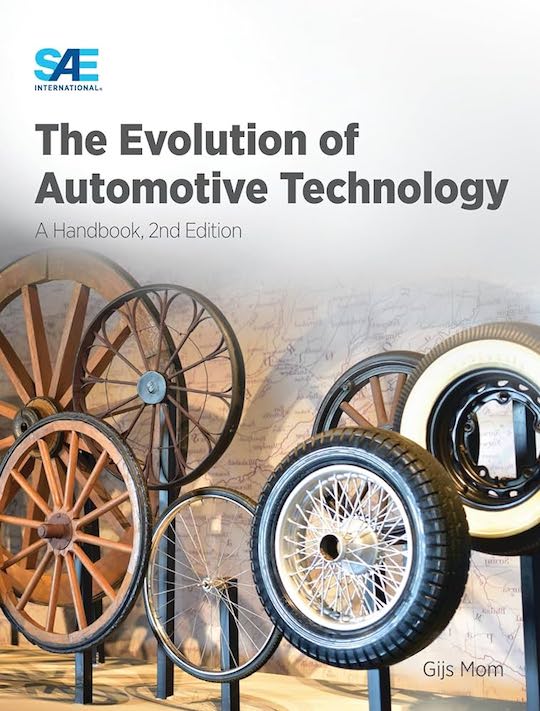 by Gijs Mom
by Gijs Mom
“The electric vehicle has for a century played the role of a Car of Tomorrow; will it continue to play this role in the future, or will it become the Car of Today, in the future?”
Indubitably intended to be read by a thinking person for its author, Dr. Ing. Gijs Mom, is himself a thinker, educator, researcher, and prolific writer, as a quick perusal of his bio and other information about him easily found online amply make clear. This revised and updated 2nd Edition of The Evolution of Automotive Technology offers readers insights with an approach unlike any other. The Society of Automotive Engineers published the first edition in 2014 as it also now has this current volume.
Although it wasn’t intended to be or written as an automotive history per se, that is precisely one function the book performs as it recounts a century and a quarter of the automobile’s development system by system—and projects a bit about its future, too. Systems are covered, one per chapter, that include such as “Finding the Car’s Basic Layout,” drivetrain configuration, and others as shown on two of the eight pages of the table of contents in the image below.
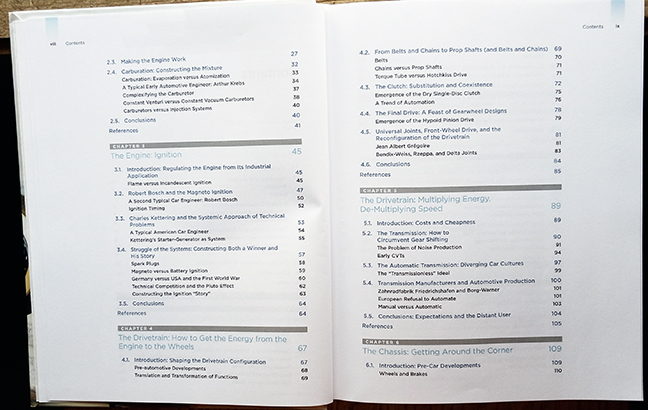
The opening sentence of the 16th, and concluding, chapter is a succinct description of the book; “The previous 15 chapters, the first half zooming in on the component and component level, the second half zooming out toward, first, the car’s inner structure and then, the broader car system in its societal and even world context, enable us to fine-tune our observations about the evolutionary development of automotive technology and the main trends that govern this development.”
Analyzing the progression of automotive systems’ technology is an approach toward telling of the development of personal transportation that hasn’t been undertaken before to this commentator’s awareness—especially and notably globally. The approach permits observations such as, “Whether engineers opted for magneto ignition or not depended . . . on culture. Whereas the lead-acid battery was developed to a comparable degree . . . on both sides of the Atlantic, European car producers highlighted reliability and opted for the magneto that did not need a battery.” Charles Kettering favored battery ignition so . . . worked on creating a system that “energized an ignition coil that only produced one single spark at the right moment.”
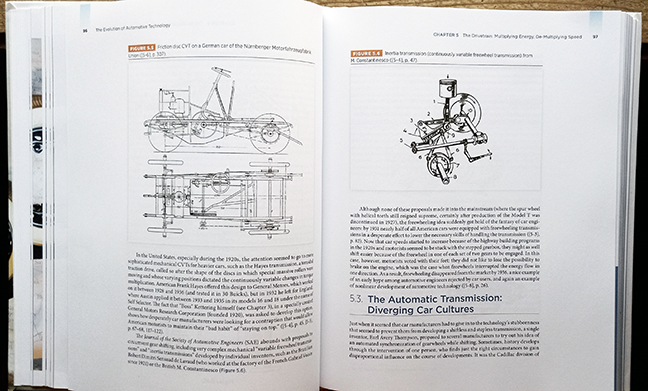
These pages illustrate the system discussed in the fifth chapter titled “The Drivetrain: Multiplying Energy, De-Multiplying Speed.”
Mom’s writing is light-hearted rather than pedantic, rendering reading a pleasure even as he shares material unfamiliar to most readers. An example is his choosing “Pluto” and “Sailing ship” as labels for opposite or alternative technologies. At first I thought Pluto might be a reference to the planet declared no longer a planet but not so. Here’s how Mom explains them: “Pluto stands for the engineer of that alternative technology who is running after a sausage held at the end of a stick in front of his nose by the person in the cart” named after Walt Disney’s cartoon creation. Sailing ship is the ability to resist that alternative and continue on its way.
Longtime readers of this site may recall a commentary on a book titled Equations of Motion. It related the life and career of one William F. Milliken. Mom thinks so highly of Milliken, his ideas and accomplishments that he’s cited him on numerous pages. But this also points up that while there is an Index, it is not a totally thorough one as neither Milliken nor another highly accomplished engineer named Maurice Olley, who is also cited frequently, are listed in the Index.
As mentioned previously, this book’s global scope enables making clear how differing cultures manifest themselves. The text on the page pair shown immediately below expresses in words, tables, and figures things that developed differently dependent upon the “car cultures in the United States and Europe” not to mention Asia, India, or other lands.
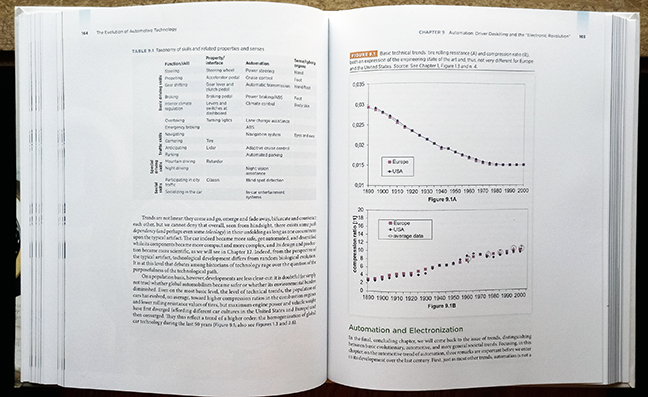
We began with the quotation that is the book’s concluding sentence. It was preceded by Mom reminding readers of just how fraught with risk predicting the future is. Some will recall a 1988-published book titled YEN by Daniel Burstein that had many in the West all stirred up believing Japanese bankers and financiers were about to dominate the world. Yet, that never happened as instead they slipped into a financial crisis. More recently it was felt by some that Europe would become the superpower “whereas the recent credit crisis raised doubt about the very survival of the European Union.” So, Mom cautions it remains to be seen “whether the car’s alternatives (such as electric propulsion) will be strong enough to provoke a Sailing Ship Effect rather than a Pluto Effect.”
Copyright 2024 Helen V Hutchings (speedreaders.info)


 RSS Feed - Comments
RSS Feed - Comments

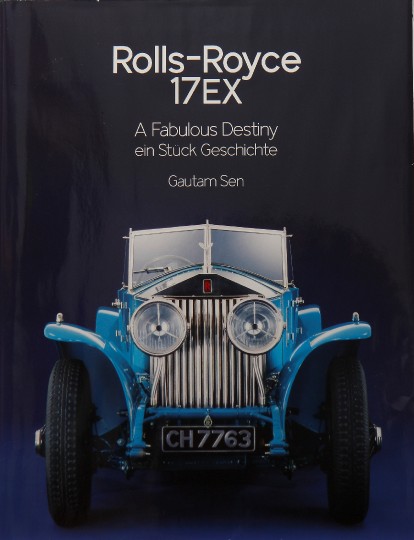
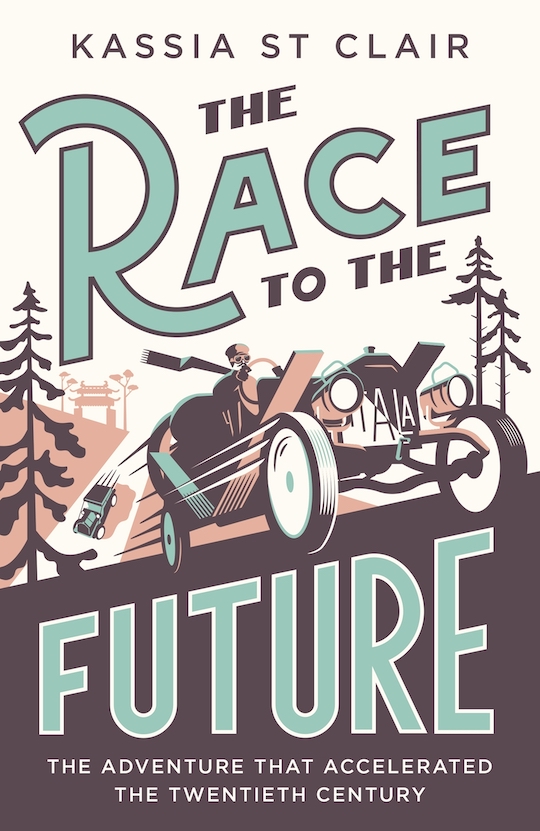
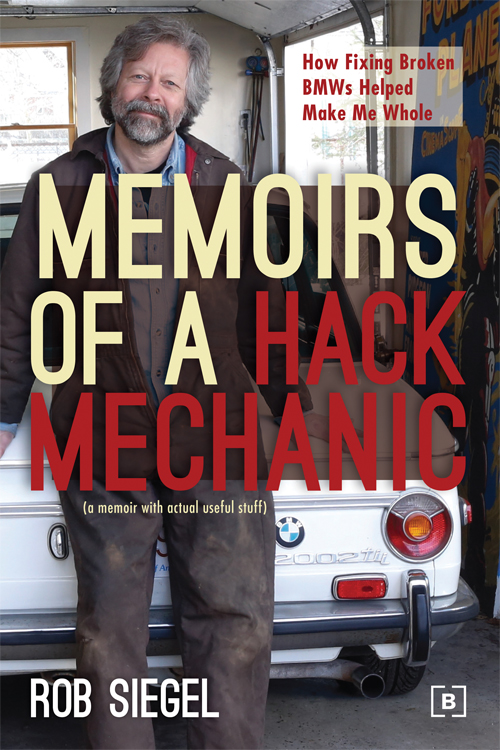











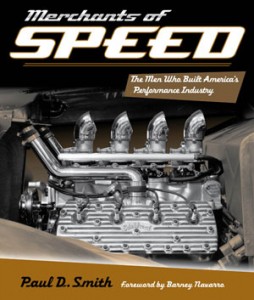




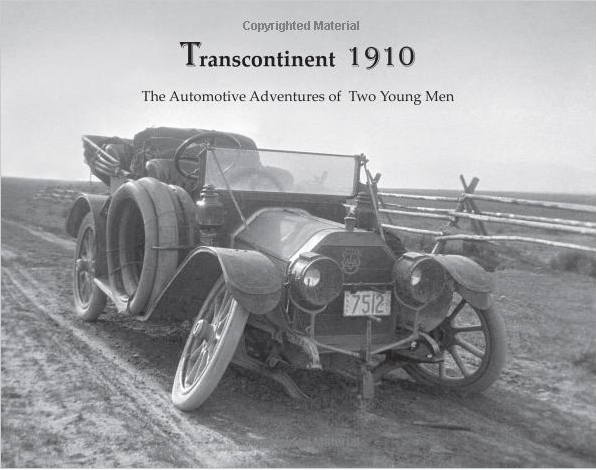







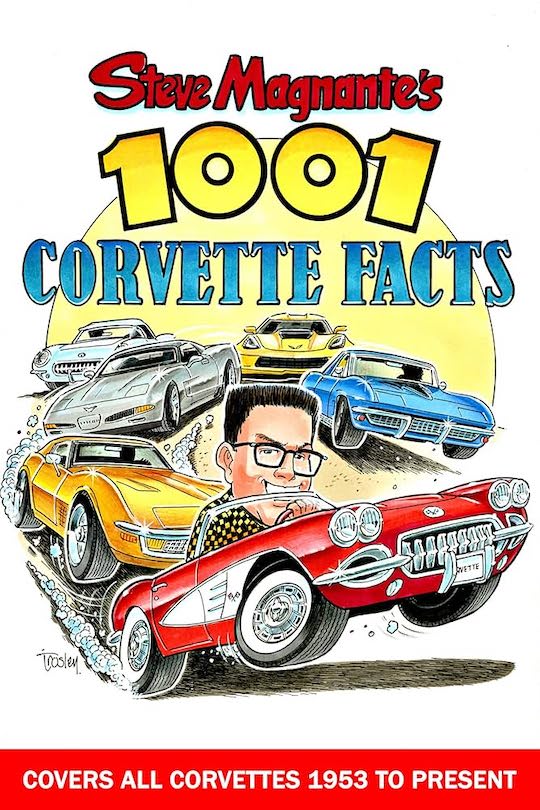
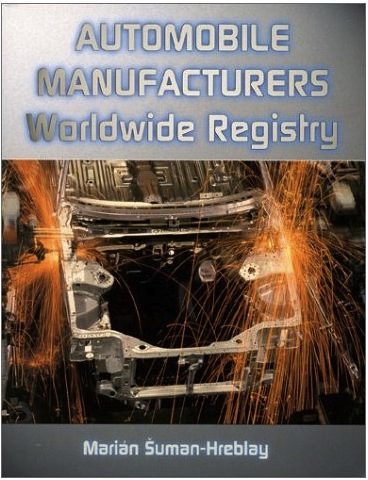
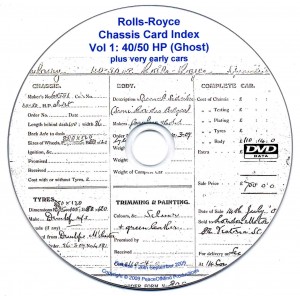


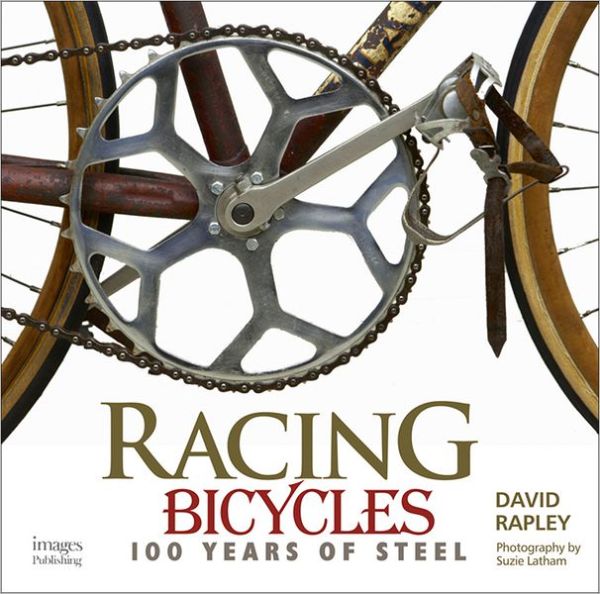






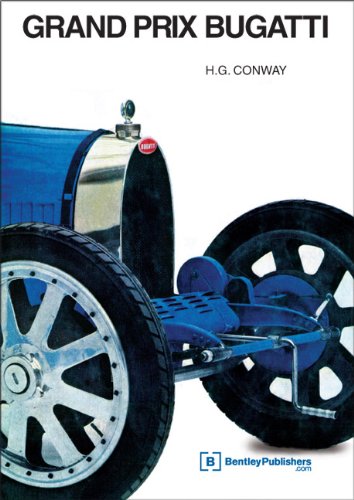

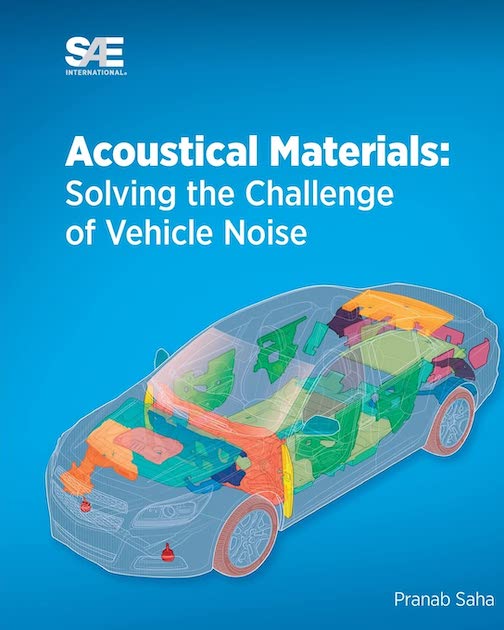


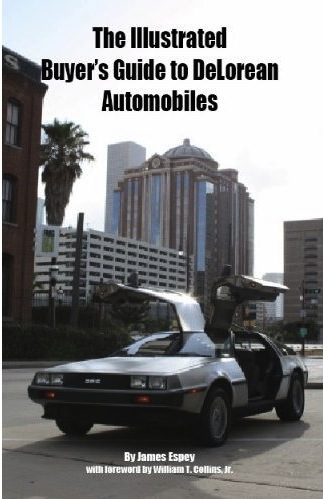
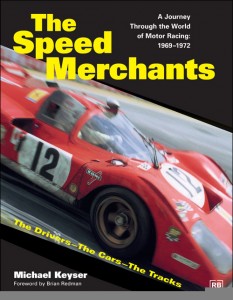
















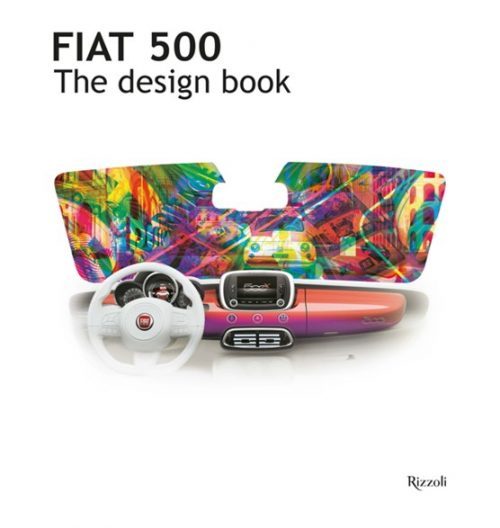



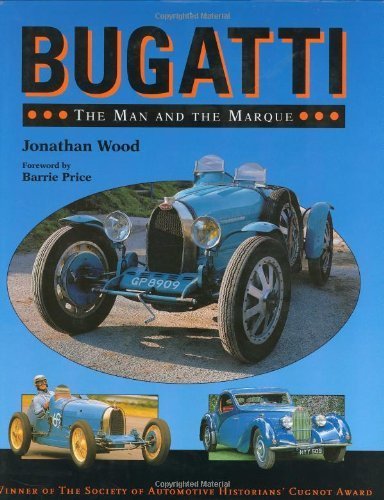
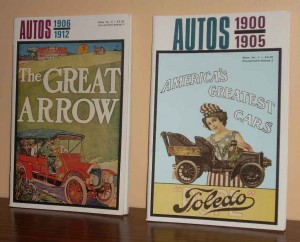

 Phone / Mail / Email
Phone / Mail / Email RSS Feed
RSS Feed Facebook
Facebook Twitter
Twitter